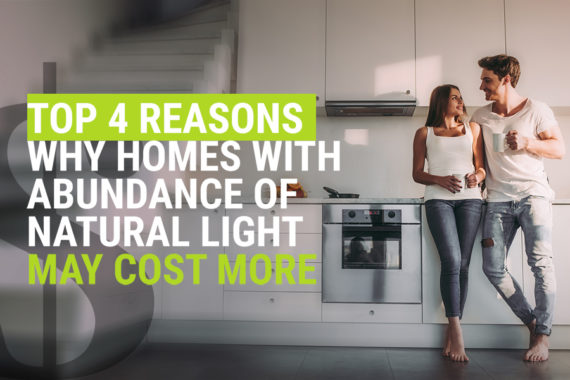
We’ve all heard of the many benefits of adding natural light to our homes.
Sunlight can improve your mood, increase productivity, prevent depression, reduce eye strain, and provide Vitamin D to regulate your immune system.
Natural light can eliminate damp dark places in your home and reduce mold and mildew growth to keep your environment cleaner and healthier.
In addition, natural light can help make rooms look bigger and make colours appear more true to life, improving the aesthetics of the space.
But, sometimes there may be a price to pay for too much of a good thing. Here are the top 4 reasons why homes with an abundance of natural light may cost more:
1. Higher Utility Bills

According to Ecoline Windows, specialists in residential replacement windows and doors throughout Canada, if your home is more than 20 years old, your windows will not have today’s thermal protectants built in. Because of this, and as you’ve probably experienced, bright sunshine pouring in through your east- or west-facing windows in the summertime can be unbearably hot. Clear glass windows provide no relief from heat gains that inevitably occur when intense morning or afternoon sunlight shines through.
Even blocking some of the natural light with window coverings cannot completely counteract the oppressive temperature, so you’ll need to constantly run a window fan, install a room-size air conditioner, or operate your central air conditioning unit more often to make your home more comfortable. Unfortunately, this will mean higher electric bills during the summer months.
In addition, high humidity levels can accompany summertime temperatures and make everything feel sticky and clammy. To remove excess moisture from the air, you’ll need to run a dehumidifier which will increase your hydro bill even more.
Of course, too much natural light can cause problems in the spring, fall, and winter as well. While room temperatures may be comfortable in areas that have significant sunlight exposure during the daytime, it may skew the thermostat settings from calling for heat in other parts of the house. For example, if your thermostat is in your living room and bright, afternoon sunlight has warmed up the room above the temperature needed in other parts of the house, the heat will not kick on. This may force you to use a separate space heater to warm other rooms, resulting in another drain on your budget.
Air quality during the winter months can become difficult to manage if there is too much natural light too. Cold, winter air is usually very dry. You’ll notice a lot of static electricity in the air and often use a humidifier to replace the moisture lost and make your home more comfortable. An abundance of natural light could cause too much moisture to build up and create condensation, mold, and mildew. Once again, you may have to bring out the dehumidifier or risk toxic spore growth and rotting windows.
2. Replace Damaged Furniture, Carpeting and More

Have you ever taken a picture off the wall that had been in place for a while and noticed that the outline was still there? Or how about rearranging the furniture only to realize that the back of your sofa has faded to a totally different colour than the front? Ultraviolet rays from the sun are intense and extremely damaging to everything in their path.
Once again, windows without protective coatings will provide a little barrier from fading and deterioration of upholstered furniture, carpeting, artwork, woodwork, curtains, blinds, hardwood flooring, wallpaper, and even painted walls. Over time, colours will fade away from hard surfaces and fabrics/carpet yarns will deteriorate from dry rot and fall apart. As a general rule, synthetic fabrics fade slower than natural fabrics and lighter colours are less at risk than bolder, darker colours, but they will eventually succumb to the bleaching effect of the sun.
At some point, unprotected household items will see a significantly reduced lifespan and need to be replaced sooner, adding a huge cost burden. This doesn’t account for the cost of remodelling to replace structural items such as faded hardwood flooring, kitchen cabinets, or in the case of older bathroom renovations, vinyl flooring that’s yellowed from sun exposure.
3. Purchase Energy-efficient Window and Doors
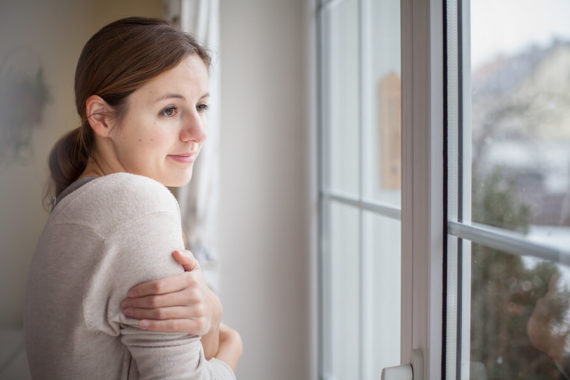
In order to reduce the over-abundance of natural light that’s wreaking havoc on your home, you may want to consider replacing your old, clear glass windows and patio doors with energy-efficient styles. The cost of this remediation could be significant but worth the investment.
To effectively reduce the costs associated with too much sunlight entering your home, you can replace your old windows and doors with energy-efficient units with low-emissive (LoE) coatings. There different levels of coating that offer high insulating properties as well as block heat and those damaging UV rays. Each level will appear slightly darker in appearance than your previous clear glass style.
Your new windows should also be either double or triple pane units. Spacers are used to separate the glass and Argon or Krypton gas is injected inside to provide an additional layer of insulation and lower the amount of heat that gets transferred through the window.
The benefits of installing windows with this invisible insulation are:
- They block harmful UV rays in the summer while still allowing in sunlight.
- They reduce heat gain in the summer and heat loss through the windows in the winter making your home comfortable in every season.
- They minimize energy costs all year long through less need for air conditioning or heat.
4. Other Expenses Associated with Blocking Light

Unfortunately, too much sunlight also causes major glare issues with electronics. Have you ever tried to watch television or use your laptop with the morning sun pouring in through the windows? It’s almost impossible to see, let alone be productive.
You can also have trouble with colour distortion from extreme sunshine. You may be limited to the paint colours or fabrics you use as too much light will make them look too harsh or blend into an entirely different, unwanted shade. Just think back to your days in art class—install a blue carpet, add a yellow painted wall, throw in a big dose of sunshine, and you’ll end up with a green stripe half way up the wall. Probably not the look you were going for.
You can correct these problems by taking more cash from your bank account. You can install a few sun-blocking shade trees outside your home. Unfortunately, it will take a few years to make in impact. You can also attach window awnings to block unwanted light. You may want to use retractable styles or have them removed for winter or your home will be too dark. You can also purchase window curtains or room-darkening shades to block out the light but then you’ll have to turn on lights so you can see—it’s an endless cycle.
Conclusion
We all love a clear day with lots of sunshine. It helps us feel better and provides a positive outlook on life. Unfortunately, finding a balance between too much and too little natural light inside our homes can be challenging and expensive. So, the next time you get up early to watch a beautiful sunrise, remember it might cost you a little more that day.

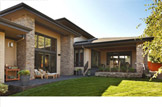
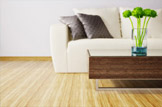
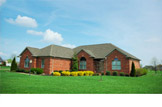

Comments are closed.